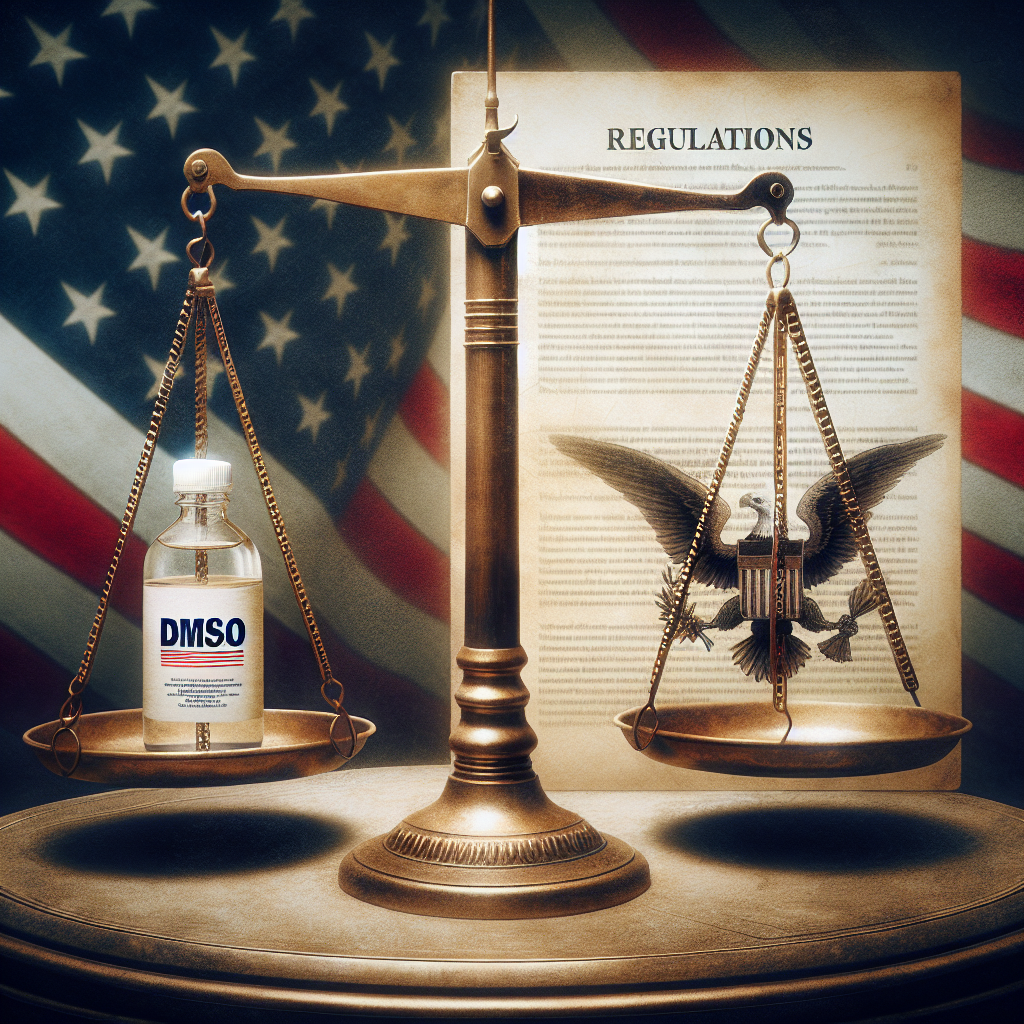In recent weeks, there has been a significant surge in interest surrounding dimethyl sulfoxide (DMSO), a compound with a long history of therapeutic potential that has largely been overlooked by conventional medicine. As I have dedicated myself to educating the public about DMSO’s capabilities—highlighting its potential to treat various circulatory and neurological disorders, chronic pain, autoimmune issues, and more—patients are now more frequently inquiring about this compound with their healthcare providers. Some physicians, like Pierre Kory, have begun incorporating DMSO into their practice, resulting in notable patient outcomes. The positive feedback I have received, along with a surge in DMSO purchases leading to supply shortages, underscores the growing recognition of its benefits, particularly given the lack of effective treatment options for many serious conditions currently on the market.
My exploration into DMSO’s therapeutic value reveals its ability to alleviate conditions ranging from chronic pain and wound healing to complex autoimmune diseases and connective tissue disorders. Unlike many pharmaceutical alternatives that often come with severe side effects or limited effectiveness, DMSO has consistently shown safety and efficacy through thousands of studies that position it as one of the most researched substances in medical history. This stark contrast to existing treatments raises profound questions about the pharmaceutical industry’s role in suppressing such a powerful and non-toxic alternative that could have spared millions from suffering, particularly in cases of strokes and spinal cord injuries that lead to lifelong disabilities. The revelation that DMSO has been largely kept from the public for decades is alarming, suggesting a deep-rooted issue within the FDA and the medical establishment.
Understanding the FDA’s hesitance to embrace DMSO requires a historical perspective. The compound was first synthesized in the late 19th century but gained attention in the 1960s when researchers discovered its ability to serve as a carrier for medications, enhancing drug delivery methods. Stanley Jacob, a prominent surgeon, quickly became a leading advocate after witnessing remarkable results from DMSO in clinical settings. However, this was at the height of the fallout from the thalidomide crisis, which saw thousands of birth defects attributed to a medication marketed as a benign treatment. In response to this disaster, the FDA was propelled to act decisively against drugs that could not prove unequivocally safe and effective, stifling innovation and the approval of alternative therapies, including DMSO.
The regulatory environment developed during this time placed immense burdens on new drugs to demonstrate their efficacy through randomized controlled trials (RCTs), which are overwhelmingly expensive and often only feasible for pharmaceutical companies with deep pockets. This system has created a pay-to-play scenario that favors large, patentable drugs while essentially sidelining inexpensive and possibly life-saving compounds like DMSO that do not fit neatly into this framework. Moreover, the FDA’s rigid definition of “well-controlled” studies effectively excluded products like DMSO from consideration because their immediate benefits and characteristic side effects made blinded trials impossible. This inflexible stance illustrates a broader issue where subjective definitions of effectiveness can thwart therapies with significant therapeutic promise.
Further complicating the issue is the perception of regulatory authorities that arose from the thalidomide incident. The FDA, bolstered by the public’s and Congress’s outrage concerning thalidomide’s tragic impact, became increasingly empowered but also defensive regarding any new substance that could resemble the safety dilemma posed by thalidomide. Kelsey’s actions in preventing thalidomide’s widespread use came to symbolize a protective regulatory stance, which inadvertently led to an environment where anything outside the realm of established pharmaceutical development criteria was viewed with skepticism, even when evidence from various case reports and observational studies suggested otherwise.
The plight of DMSO encapsulates a larger narrative about the tension between pharmaceutical interests, regulatory practices, and public health. Robert Herschler, an advocate for DMSO, criticized the FDA’s handling of the compound, highlighting that many known clinical reports already demonstrate its safety and efficacy. He argued that the FDA effectively shut down DMSO’s potential market by claiming the challenges in assessing its effects in controlled trials as a reason to deny approval. This attitude not only thwarts innovative treatments but also raises ethical questions about the balance between ensuring drug safety and accessibility to potential life-altering therapies.
In summary, DMSO represents both a historical and contemporary conundrum within American medicine—an example of how promising treatments can fall victim to regulatory frameworks that prioritize specific methodologies over real-world efficacy. As we continue to see individuals share outstanding personal stories of recovery with DMSO, it becomes increasingly imperative to revisit its potential, not only to provide more treatment options to those in need but also to advocate for changes in regulatory practices that allow safe and effective drugs to reach the patients who can benefit from them most. The ongoing journey to unearth DMSO’s potential, amidst calls for transparency and reform, highlights the need for a collaborative approach to medicine that prioritizes patient outcomes over entrenched pharmaceutical interests.

